25000 TAGS
Long March Capital III: Visual Economy
Location: Long March Space, Beijing
Duration: March 17 – August 25, 2008
Artists: Chen Jie, Chen Qiulin, Guo Fengyi, Hong Hao, Jiang Jie, Lin Tianmiao, Liu Wei, Ma Han, Mu Chen and Shao Yinong, Qin Ga, Qiu Zhijie, Shi Qing, Wang Gongxin, Xiao Lu, Xiao Xiong, Xu Zhen, Yu Hong, Yang Shaobin, Yang Zhenzhong, Zhu Yu, Zhan Wang, Zhang Hui, Zhou Xiaohu
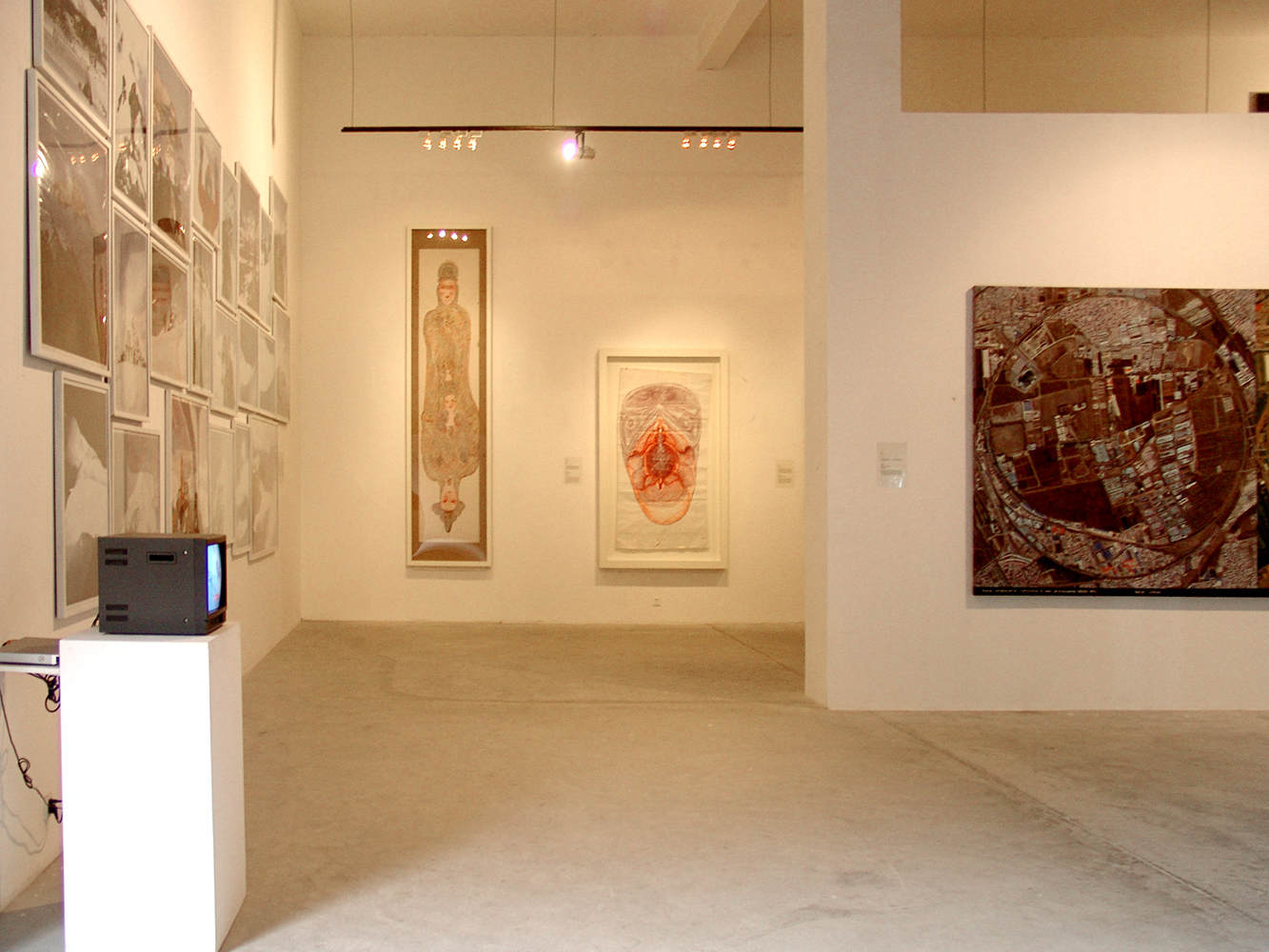
This exhibition brings together works from contemporary Chinese artists whom the Long March Project has collaborated closely over the past five years. Regardless of whether they were realized for solo or group exhibitions; or produced in collaboration with Long March Project associated activities, all of these works are ‘Long March’ in nature. This ‘nature’ challenges systems of authority, subverts assumed constructions of identity and methods of cultural production, reinterprets the imagined notion of our supposed opposites and in turn, imagining their response; such complex ideas are central to the Long March Project and its provocation of what constitutes the ‘contemporary’.
‘Long March Capital’ re-assesses the role and purpose of a work of art as an item in the social landscape of our lived visual economy. The production of visual materials, from commercial branding to political slogan, from gaudy fashion trends to technological gadgetry, all could be argued as a form of visual economy whereby signs and symbols determine certain functions and values in a consumer society. How can visual art play a meaningful role in this arena? Long March Capital consists of artworks, words and actions that can be viewed as a visual cultural asset, as a social endowment of memory and a form of financial capital. Too often the realm of visual art is not recognized as a vehicle in which social relationships can be activated, or a means by which structures of cultural logic can be re-determined. The idea of Long March Capital seeks to posit economy and aesthetics in direct conversation. Karl Marx once said ‘It is not the consciousness of men that determines their existence, but their social existence that determines their consciousness.’ How do humans collectively make the material means to live? The language of art is one visual articulation, and though commonly understood as the efforts of one individual, its production is always a collective effort — it is inextricably linked with history, and is never value free.
‘Long March Capital’ provides a means to examine the process of an art works creation through particular ideas of interpretation, display and consumption. The transmission of ideas and their transformed linkages to history and structures of re-distributed meanings are here given space for contemplation.
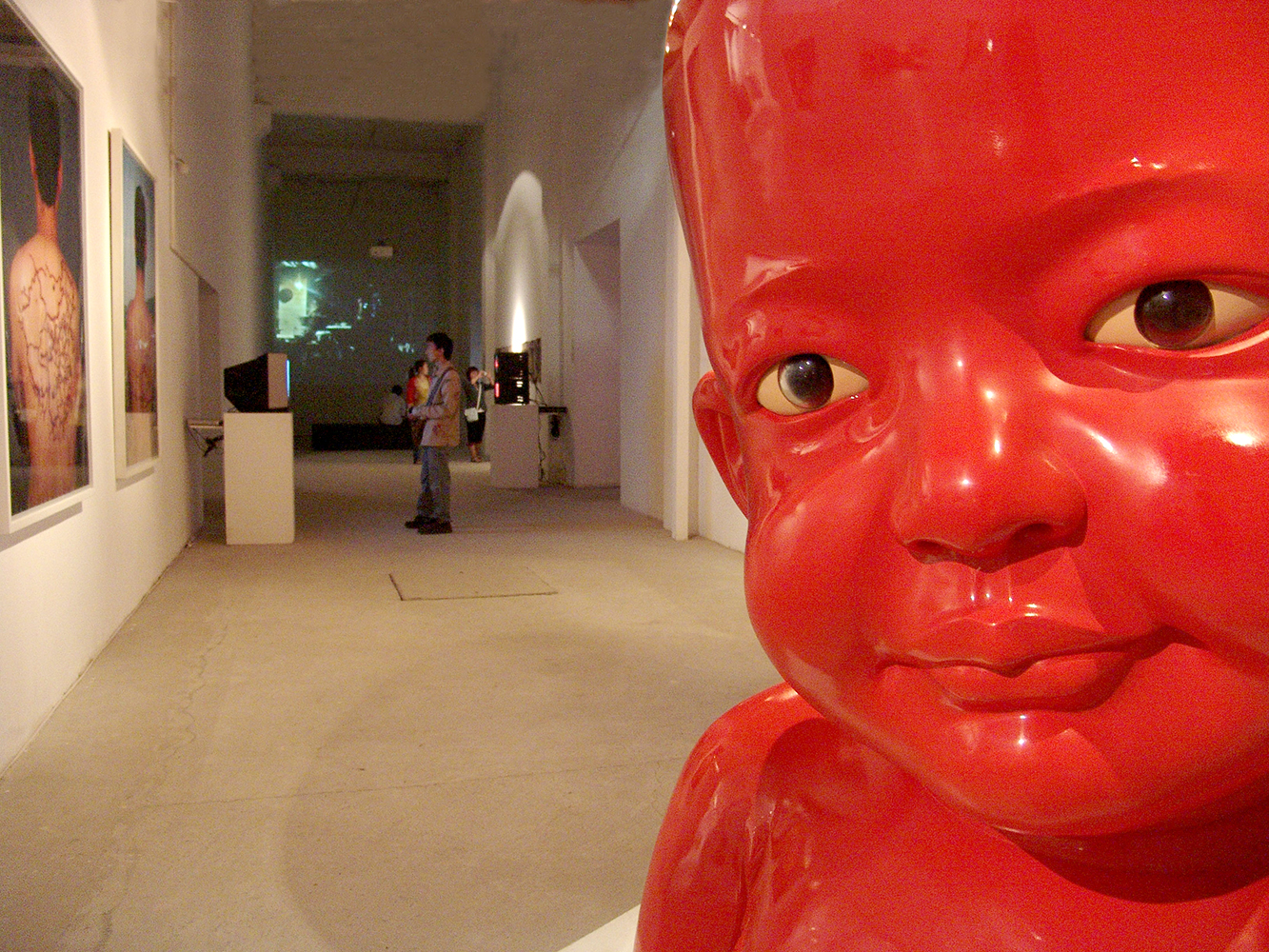

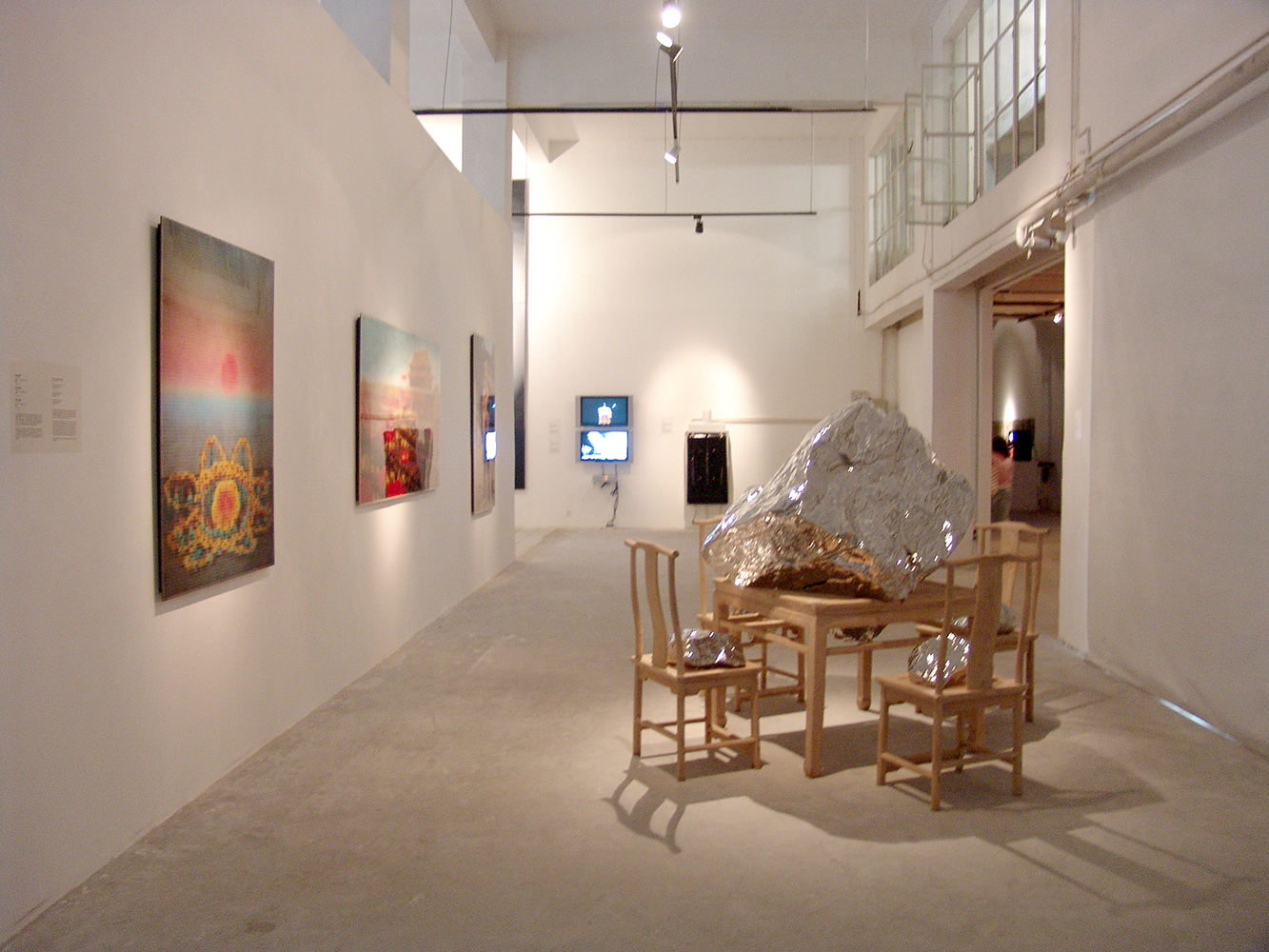

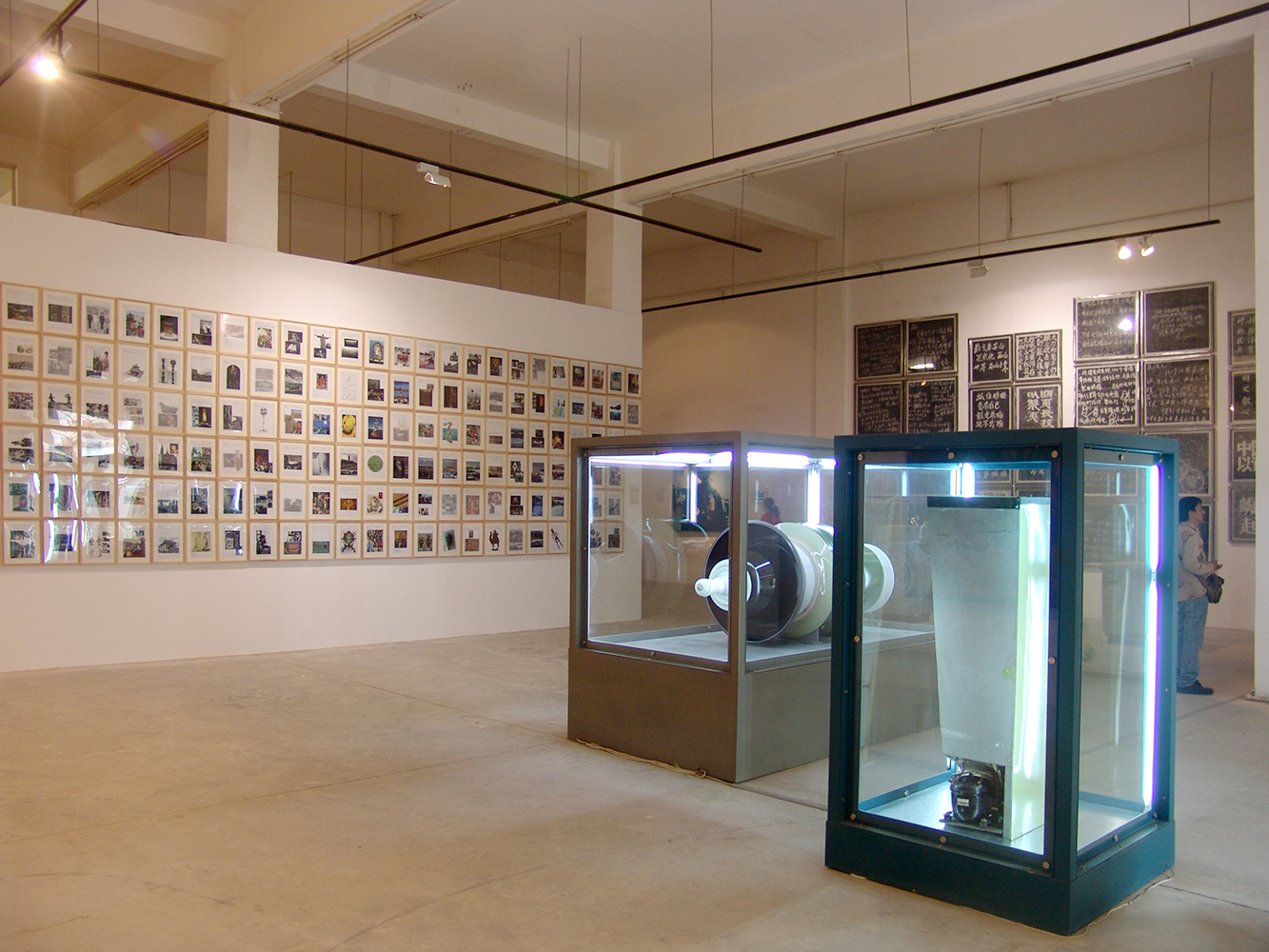
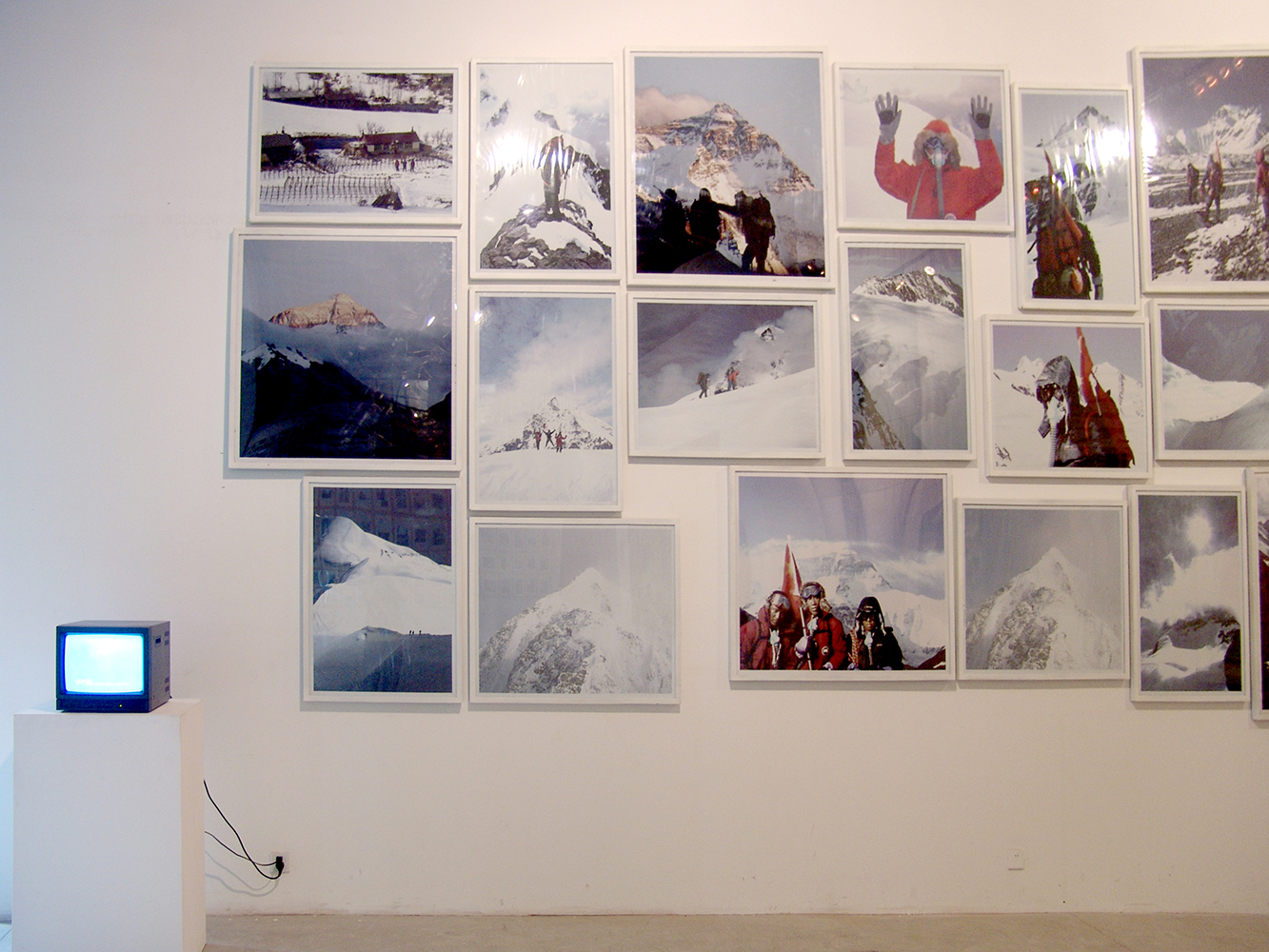
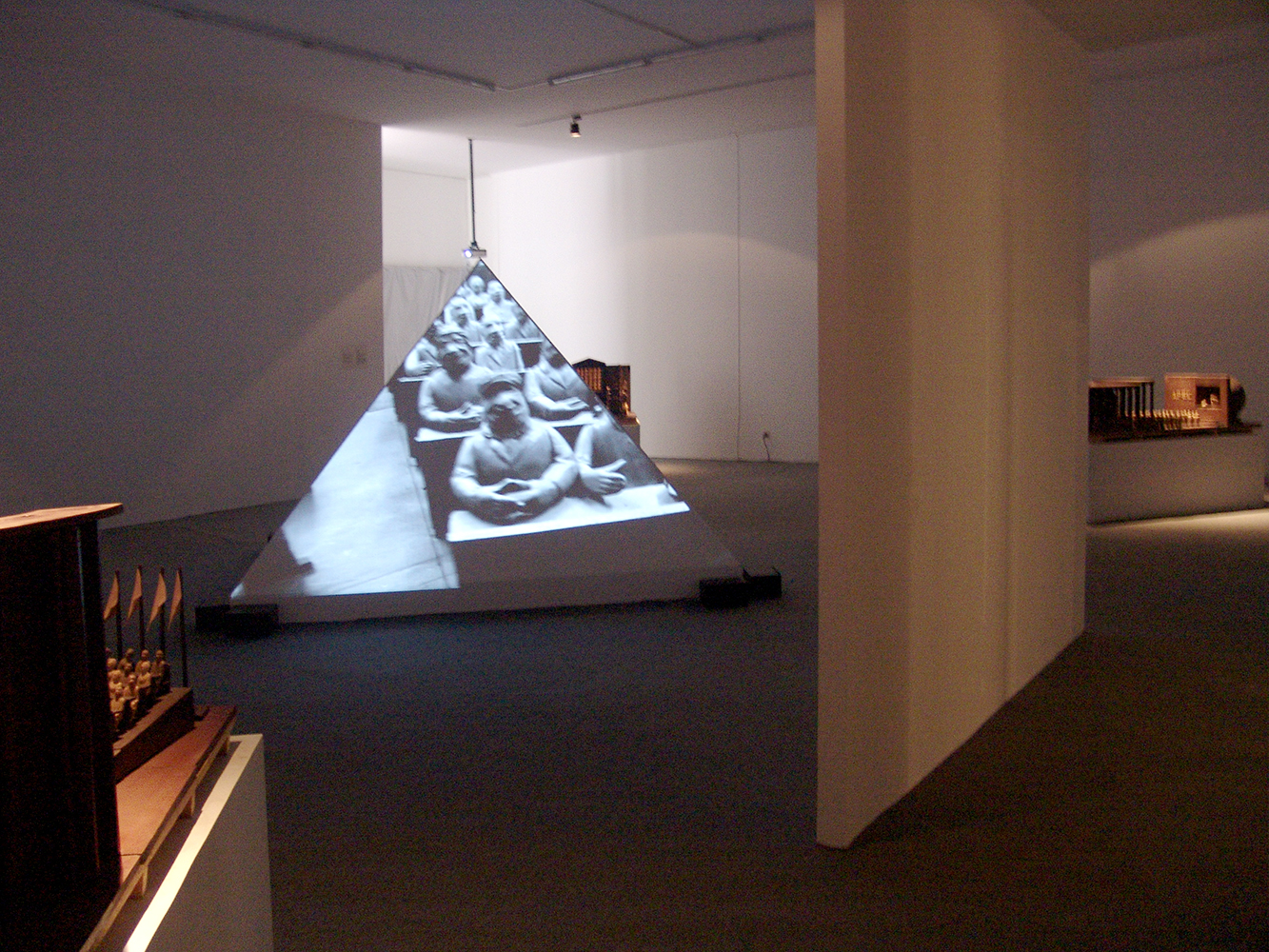
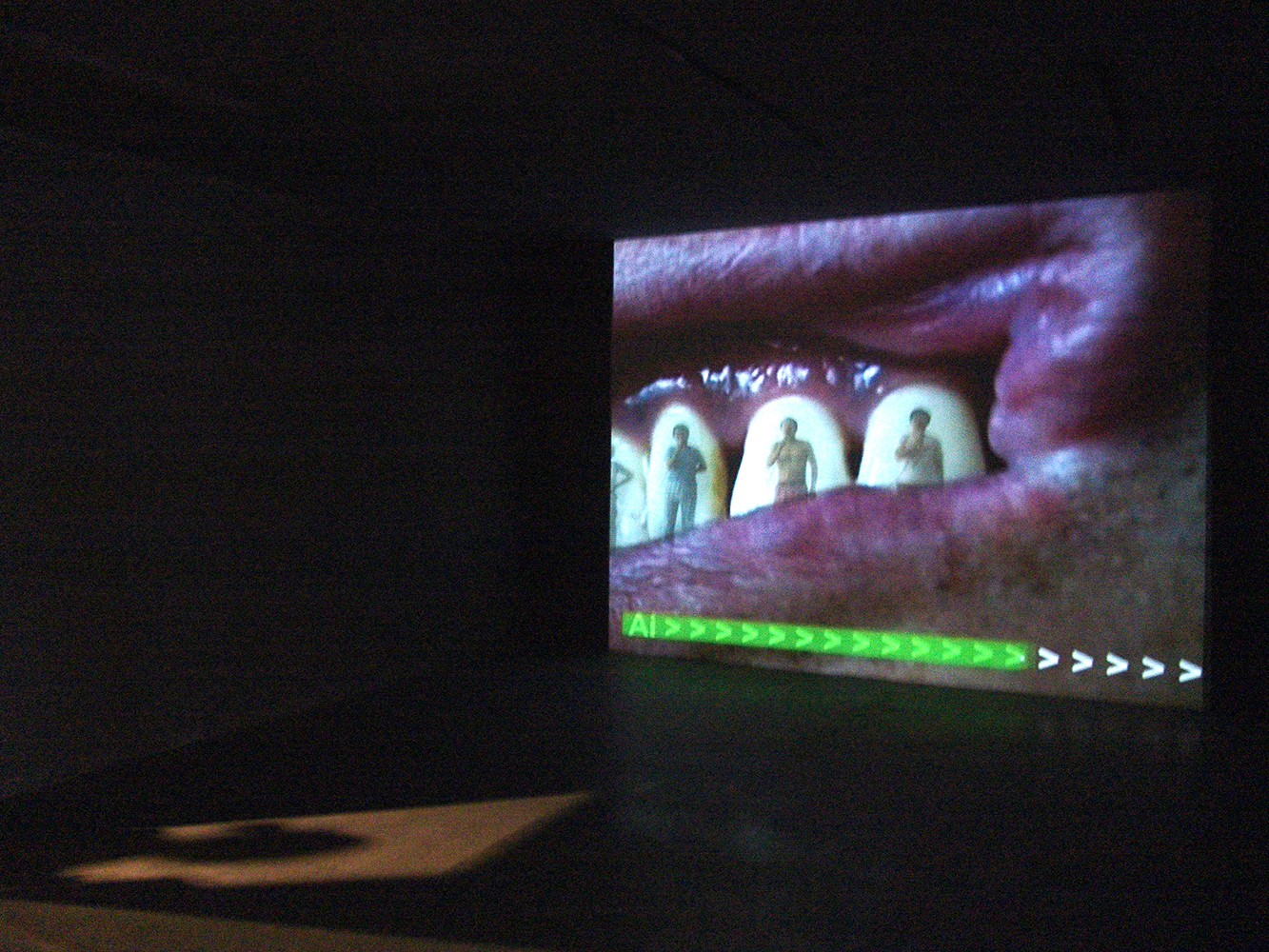
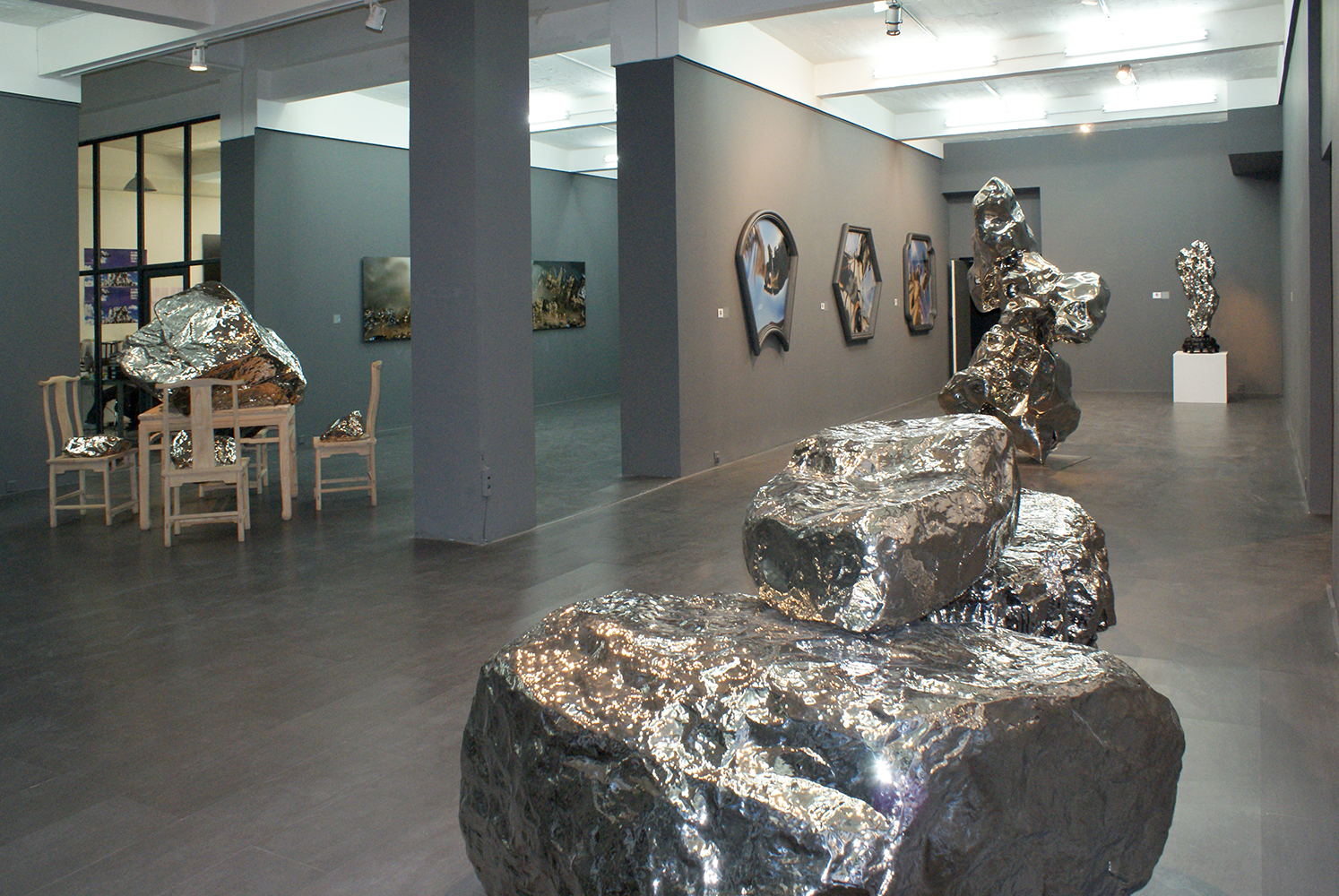
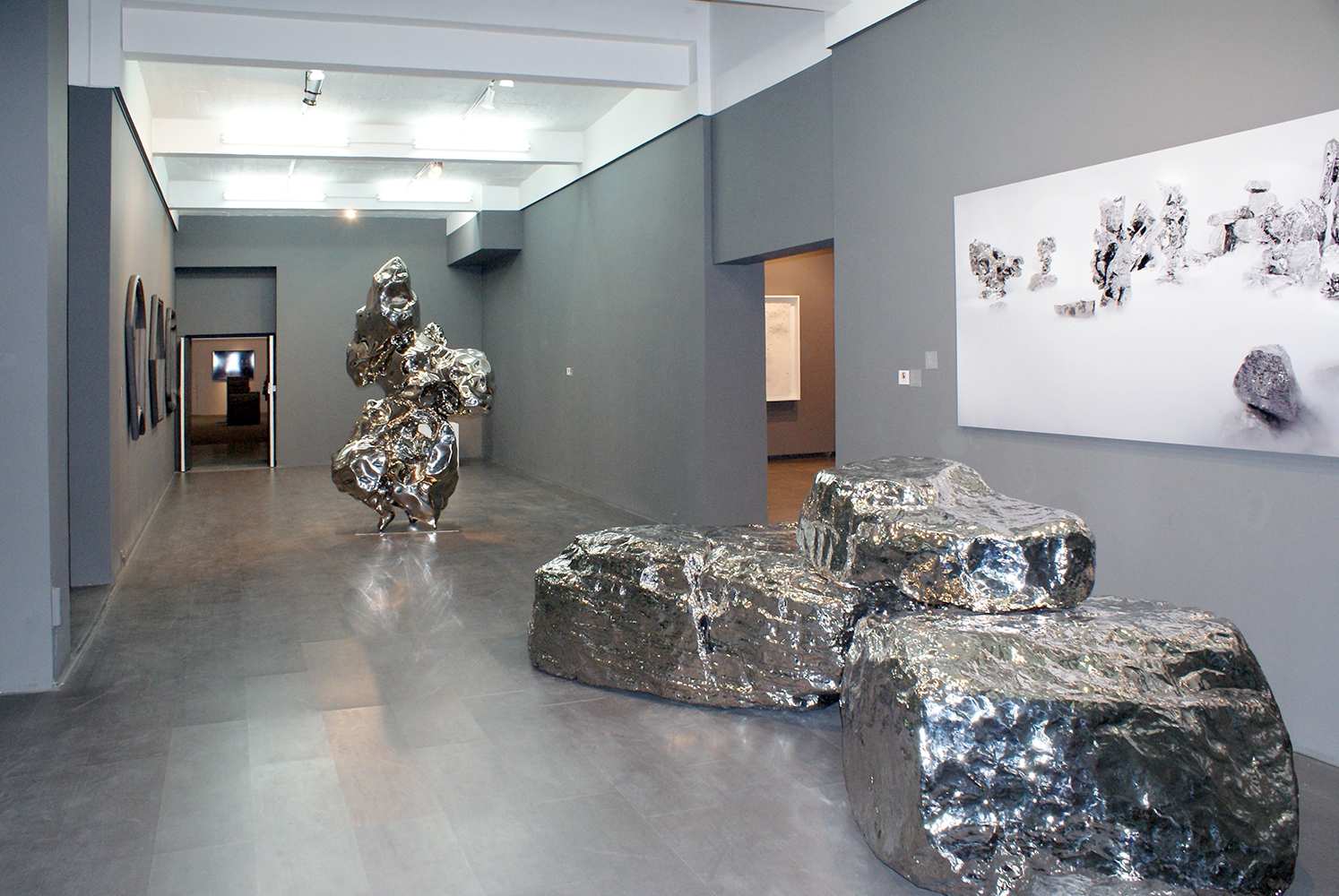
This exhibition brings together works from contemporary Chinese artists whom the Long March Project has collaborated closely over the past five years. Regardless of whether they were realized for solo or group exhibitions; or produced in collaboration with Long March Project associated activities, all of these works are ‘Long March’ in nature. This ‘nature’ challenges systems of authority, subverts assumed constructions of identity and methods of cultural production, reinterprets the imagined notion of our supposed opposites and in turn, imagining their response; such complex ideas are central to the Long March Project and its provocation of what constitutes the ‘contemporary’.
‘Long March Capital’ re-assesses the role and purpose of a work of art as an item in the social landscape of our lived visual economy. The production of visual materials, from commercial branding to political slogan, from gaudy fashion trends to technological gadgetry, all could be argued as a form of visual economy whereby signs and symbols determine certain functions and values in a consumer society. How can visual art play a meaningful role in this arena? Long March Capital consists of artworks, words and actions that can be viewed as a visual cultural asset, as a social endowment of memory and a form of financial capital. Too often the realm of visual art is not recognized as a vehicle in which social relationships can be activated, or a means by which structures of cultural logic can be re-determined. The idea of Long March Capital seeks to posit economy and aesthetics in direct conversation. Karl Marx once said ‘It is not the consciousness of men that determines their existence, but their social existence that determines their consciousness.’ How do humans collectively make the material means to live? The language of art is one visual articulation, and though commonly understood as the efforts of one individual, its production is always a collective effort — it is inextricably linked with history, and is never value free.
‘Long March Capital’ provides a means to examine the process of an art works creation through particular ideas of interpretation, display and consumption. The transmission of ideas and their transformed linkages to history and structures of re-distributed meanings are here given space for contemplation.











